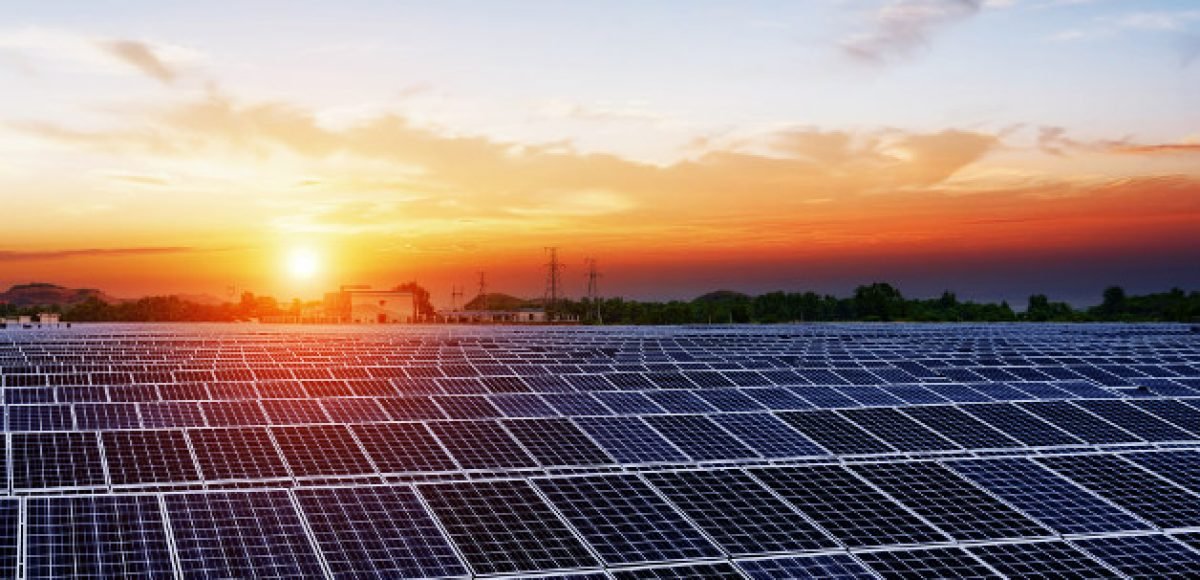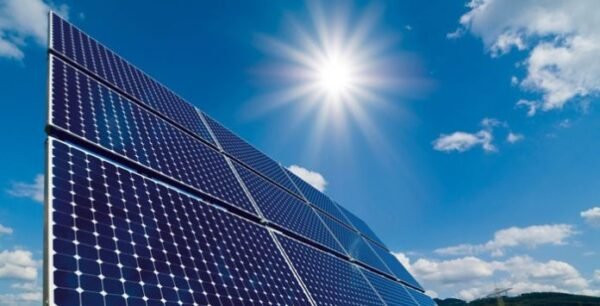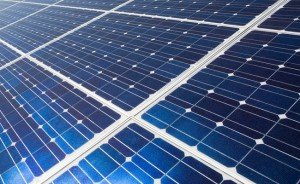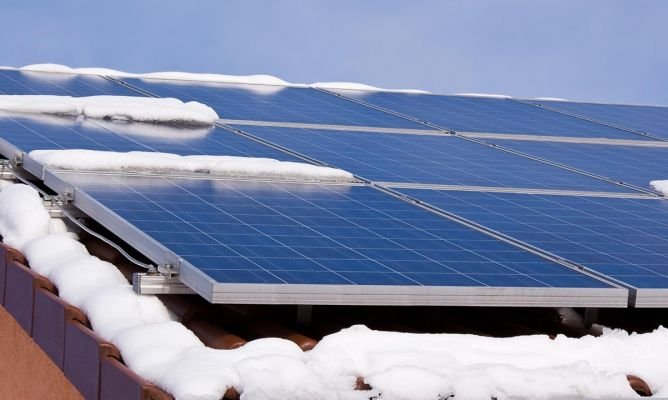
Solar panels energy transformation
The sun can be our great source of clean, renewable and cheap energy. It is necessary to take advantage of the more than five billion years of life that remain. We explain how the sun’s rays are transformed into electricity for your plugs.
Solar panels energy transformation
How are its rays transformed into light bulbs ? Magic? No. It’s just science.
We are going to focus on solar photovoltaics, which is the most widely used and directly transforms radiation into electricity. But there is also thermosolar , which uses the sun’s heat to raise the temperature of the water to generate steam that moves a turbine.
photovoltaic energy
To transform sunlight into energy, semiconductor metal sheets are needed: photovoltaic cells .
These cells have one or more layers of a semiconductor material and are covered with transparent glass that allows radiation to pass through and minimizes heat loss.
The solar panels that you see on the roofs of many houses are made up of these photovoltaic cells. Although its installation may seem expensive, the data shows that the purchase pays off , with savings of around 30% of consumption, which in the long term (25 years) means paying between €20,000 and €30,000 less. Another advantage is that they do not require much maintenance.
The power of the sun converted into electricity
Solar rays are made up of photons that reach the photovoltaic cells of the plate, generating an electrical field between them and, therefore, an electrical circuit. The more intense the light, the greater the flow of electricity.
Photovoltaic cells convert sunlight into electricity in the form of direct current and with a graduation that varies between 380 and 800 volts . To improve the result obtained, an inverter is used that transforms this energy into alternating current , which is what we use in our homes.
Finally, this alternating current passes through a meter that quantifies it and supplies it to the general electricity network.
Where do photovoltaic cells come from?
The father of this energy was the French physicist Edmond Becquerel , who at just 19 years old built the world’s first photovoltaic cell in 1839.
Shortly after, in 1883, it was the American inventor Charles Fritts who developed the first solid cell by coating semiconducting selenium with a thin layer of gold to form the junctions. His device only got 1% efficiency, but his structure gave way to what today is sustainable solar energy transformation.
“Solar photovoltaics will be the cheapest source of electrical energy in the world.”
uses of solar energy
The electricity produced by photovoltaic cells can be used in:
- An isolated facility . Solar energy supplies electricity to places that are difficult to access, where, for example, power lines have not been deployed. This electricity is intended for self-consumption.
- A network-bound facility . The energy produced is fed into the electrical network as if it were one more generating plant . Meanwhile, the owner continues to buy the electricity consumed while he sells what is produced.
- satellites . They orbit around the Earth and have solar panels in their structure to take advantage of the energy provided by the nearby Astro Rey.
- Independent Structures . Thanks to solar panels, many small infrastructures can benefit from and be self -sufficient in energy: radio and television repeaters, road SOS posts, radars, military structures, forest surveillance posts, switching centers …
the future is solar
According to the International Energy Agency, solar photovoltaics will become the cheapest source of electrical energy in many countries in the coming decades. In addition, photovoltaic systems have a long-term useful life , since it is estimated that they last an average of 30 years (with a performance above 80% of the initial value once 25 years have elapsed). And as if this were not enough, all its components can be recycled .
When it comes to drawbacks, intermittency (damn clouds! damn night!) and storage problems are the main disadvantages of solar energy. However, the blessed technology is on the way to remedy these problems, developing increasingly durable batteries and investigating how to install panels where the sun always shines… In outer space.
How is solar energy converted into electrical energy?

Without a doubt, the generation of solar energy generates a lot of curiosity, since its inception, this noble system and friend of the environment, has been a subject that has caused us this intrigue to know how a device can convert UV rays into electricity. perfectly consumable.
Probably, when we think of solar energy, the first thing that comes to mind is a large solar panel on our roof, we’re fine if that’s the case. But let’s delve a little into the functionality of these plates and how they can transform solar energy into electrical energy.
In general, these plates are made up of photovoltaic cells and these are made up of one or several sheets of semiconductor material, covered with transparent glass that lets in as much solar radiation as possible, thus helping to reduce light losses.
In these small cells lies a good part of what is the absorption of solar energy, for example, conventional photovoltaic solar cells are made of silicon, a material that makes them very efficient, with an average performance that already reaches and even exceeds the 17 percent.
In the case of more complex systems such as those of concentration, materials are used that allow the formation of multiunions, increasing performance with values of up to 30 percent.
An ecological and simple process
Understanding how electricity is produced from solar energy is quite simple. The photons of sunlight directly affect the photovoltaic cells of the plate, which gives way to the creation of an electric field between the layers that make it up and generating an electric current. In such a way that, the more intense the light received, the greater the electrical flow.
When the solar energy is absorbed, the photoelectric cells transform that energy into direct current, and then, through the inverter , transform into alternating current, and thus give use to our electrical equipment that we have in our home or office.
It really is a simple process, the only drawback is the production costs of the panels, although little by little these are reduced and the performance of the solar panels is also gradually increasing, so that over time the Photovoltaic solar energy is becoming increasingly affordable and more profitable compared to other forms of energy production.







